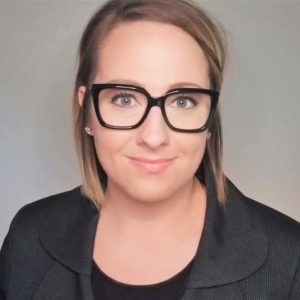The world of optometry is as intricate as the human eye itself. For the optometrist who's been in the game for a while, you've witnessed the ebbs and flows of the business. But what if you're missing out on hidden revenue streams? What if, nestled between routine exams and lens prescriptions, there's untapped potential? We're on a quest of discovery for the invaluable gems hidden within the realm of your eye care practice.
Being in the eyecare sector, your compass predominantly points to patient care. That's commendable! However, don't be misled into thinking it's the only direction. Your practice thrives and sustains itself as a business, and it's crucial to shine a light on its financial arteries.
Would you believe if I said you could hike up your revenue, all without escalating your patient count or burning the midnight oil? The magic lies in how the currency flows to you.
Golden Revenue Boosts
1. Rethinking Service and Product Fees: A Balance of Value and Profit
It's easy to fall into a pattern of charging the same fees for years. But the world changes, and so do costs and patient expectations. Reassessing your fees doesn’t mean hiking up prices. It means understanding the caliber of service you offer. With the right data and competitive analysis, you can align your fees with the current market rates, ensuring you're both fair to your patients and securing optimal revenue. Be sure to align with the 2023 CMS Medicare fees.
Quick math: if you add just $25 more per patient with 2,000 annual exams, you're staring at a treasure chest of $50,000!
2. Preventing Loss Revenue: The Art of Efficient Billing and Insurance Guidelines
One of the most common places revenue slips through the cracks is in the billing process. Whether it's a result of outdated systems, not keeping up with insurance policy changes, or simple human error, these losses add up. Streamlining your billing process and staying updated with insurance guidelines can not only plug these leaks but create a smoother experience for your patients.
3. Exploring Premium Services: Beyond Traditional Exams
Your expertise as an optometrist goes beyond traditional exams. Envision expanding your brand around luxury frames, lens designs, wellness checkups, and the sought-after Medi-spa treatments. Utilize your passion to ascend patient experiences and boost revenue.
4. Engaging and Educating: Positioning Yourself as the Go-To Optometrist
Building relationships with your patients goes a long way. Regularly communicating with them, offering insights about eye care, and presenting the latest in eyewear fashion can create a loyal customer base. An informed patient is more likely to trust your recommendations and invest in premium products and services.
Let's grab the map to embark on the expedition.
Have all medically necessary contact lenses been billed post-consultations?
Were any additional services, such as spectacle lens edge-polishing, invoiced?
Are all services transferred to the patient's ledger?
This isn't a fault-finding mission, rather a hunt to getting paid properly for the work you do for your patients.
The hidden revenue within your practice isn't elusive; it needs a strategic touch. By adjusting your fees, tightening up your billing processes, exploring new revenue streams, and building trust with your patients, you'll not only secure your practice's future but also reinforce your position as a leading optometrist in your community.
Key Takeaways:
- Reevaluate your service and product fees
- Optimize billing and insurance processes
- Diversify your offerings
- Build and nurture patient relationship
By keeping these insights in mind, established optometrists can truly unlock their practice's full potential and ensure a prosperous future in the world of optometry.Download our audit worksheet to guide you through the process of finding your hidden profits.
 800.676.9076
800.676.9076




